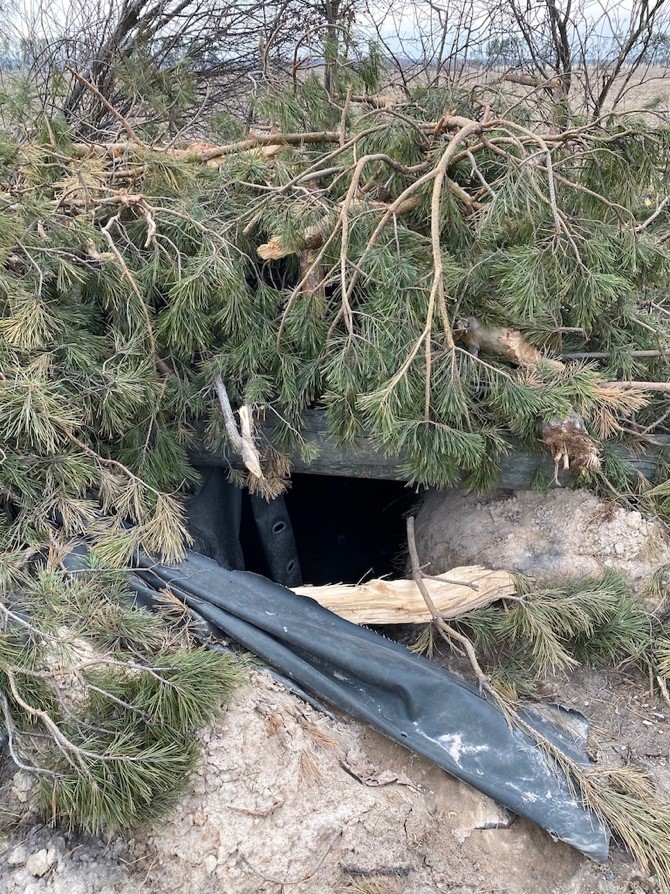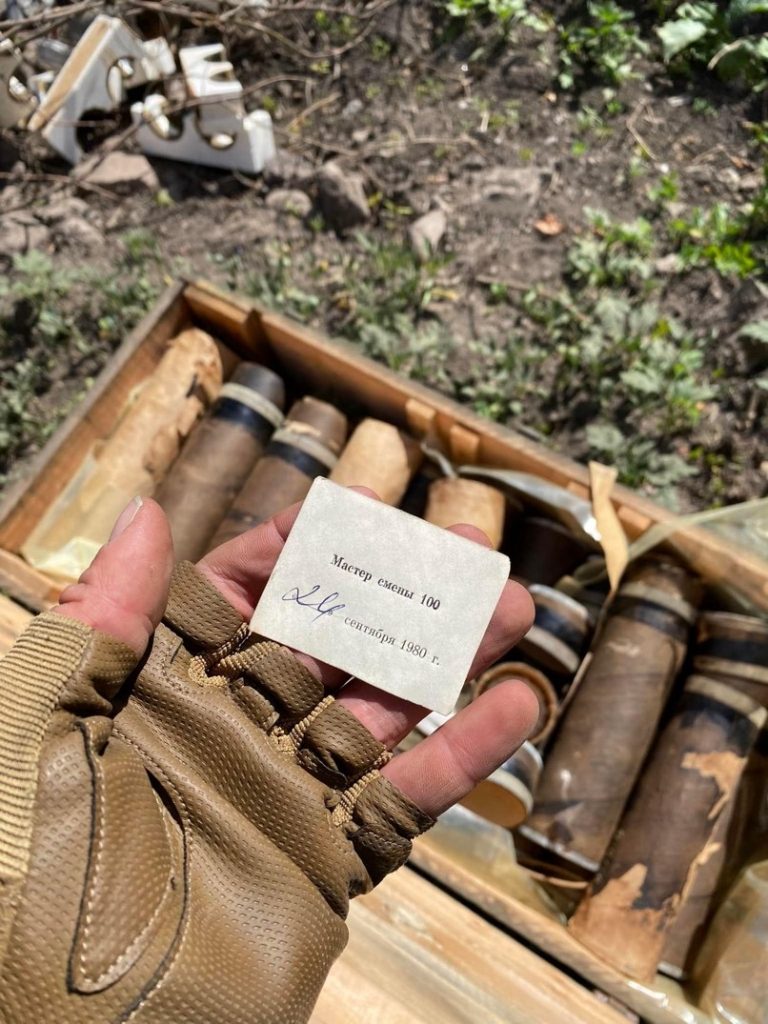Putin calculou um breve passeio militar para invadir e ocupar toda a Ucrânia. Os soldados ficaram entregues a si mesmos. Esta a principal razão do fracasso.
Ukraine's Saratoga?
“An Army,” it is famously said, “marches on its stomach.” In the streets and trenches of Lyman, east of Kharkiv, the Russian army was reminded of this timeless maxim. Ukrainian forces (some of whom I know personally) “tightened the noose” around the village, controlling its supply lines, on the way to another major victory in the north. It might even have been Ukraine’s Saratoga moment—the logistical vanquishing of an overstretched invader which ultimately turns the tide of war. Unfortunately, while the moral victory is indisputable, occuring in the midst of Putin’s farcical annexation of eastern territories, an opportunity was lost for a more thumping defeat.
Lyman, a dusty little village along the Donets River, had become something of a bastion—first for Russia’s advance and then its retreat—which makes its recapture a touchstone for northern operations and for Ukraine’s theater-wide strategy as a whole. I bought carrots from a farmer there as I left Kharkiv last time, and was stunned when it fell to the Russian advance. I’m therefore thrilled to hear of its recapture. Personal attachments aside, the Lyman operation illustrates a larger strategy of “Logistic Leapfrogging” (flanking, then cutting the supply umbilical—leaving enclaves of Russian forces isolated, demoralized, and no option but surrender). It is an investment strategy I had loudly pleaded for as I stood on the frontlines of the battle of Kyiv—a missed strategic opportunity when tens of thousands of Russian troops might have been cut off in their retreat north to Belarus.

The Leapfrog strategy leverages the advantages of Ukrainian internal supply lines and is infinitely better than playing to Russian advantages in a grinding, incremental, frontal assault to recapture territory. The opportunity, I was heartened to see, presented itself again in Lyman, as Russia seems incapable or unwilling to learn from its past. The Leapfrog strategy may become an enduring theme of the entire war—for, as Napoleon adjured, “One must never interrupt your enemy when he is making a mistake.”
Ukraine, for its part, isn’t immune to mistakes either. It was dismaying to see Russian forces able to retreat through the supposed “encirclement” of Lyman—the crowning chance to capture possibly thousands of Russian fighters was squandered in what seems an uncoordinated rush to “take back” the city. Why could they not have waited, reinforcing supposedly “closed” escape routes with infantry? To be fair, Ukrainians cannot afford to lose manpower or materiel: it is fighting a Goliath ten times its size and feels losses disproportionately. The strain is already starting to show after months of sustained combat—soon it may quickly devolve into a crumbling capacity to resist Russian mass, regardless of how clumsily it is wielded. Just yesterday I was informed that five of my colleagues were ambushed in a building-clearing operation in newly liberated territory. In the maelstrom of machine gun fire and grenade shrapnel, all of them were wounded, two critically. The only thing that saved their lives was incoming Russian artillery “support” which caused the ambushers to scurry back to their retreating line. A lucky break at the tactical level, but this can’t go on indefinitely—Ukraine cannot long afford to put its fighting capacity into hospital bunks.
That is why it is all the more important to continue to Leapfrog: cutting supply lines and enveloping swathes of Russians is the only way to equalize this inherently unequal campaign. Cautious flexibility, of course, is the name of the game: now that Russia’s top logistical officer, General Bulgakov, has been relieved of his post and replaced by 60-year-old Col. Gen. Mikhail Mizintsev, there is a good possibility that this strategy will require extra finesse. Mizintsev, known amongst Ukrainians as the “Butcher of Mariupol,” is likely to want to alter Bulgakov’s approach, if only to save his own neck. There is hope, however: while he is surely aware of his logistical disadvantages, if Mariupol is any indication he is unlikely to break from the basic paradigm of brute force backed by massive artillery support. Luckily, this kind of support requires thick conduits of ammunition transport which are increasingly vulnerable as Ukrainian resistance perfects techniques of light, rapid, flanking maneuvers and logistics interdiction. What’s more, Russian ammunition is not infinite. If abandoned ammunition is any indication, Russia is scraping deep into its stores of firepower:

Could Ukraine’s “Saratoga moment”—cutting off an overstretched invading force from its supply lines—translate into a theater-wide strategy? Yes, and solid indications suggest that this is precisely the idea. With the success in Lyman, it is natural to suppose it will be repeated elsewhere. Crimea, for example, is a Yorktown waiting to happen: a bottled-up army, cut off from supplies of its “beans and bullets” cannot long endure.
All of this is simply a reminder that this war has become, or more accurately has always been, a logistical one. As such, it is a race against depletion: every loss the Ukrainians incur must be offset by extracting ten times the cost to the Russian war machine. This is a desperately difficult challenge. Western support can fill the deficit to an extent, but it is not reasonable to expect it to fill the imbalance completely. The only real hope is in Ukrainian maneuverability (and patience!)—the capacity to isolate, invest, and pare off elements of the invading force that lie far ahead of its supply lines, leapfrogging and enveloping them in a trap of the Russian’s own making.
Lyman has focused international attention in much the way that Saratoga did for America’s Continental Army in 1777. In addition to a brilliant political blow to Putin’s supporters, the success helps highlight French and German reticence, goading them (for good or ill) into more meaningful involvement. Whether such involvement escalates the conflict into a low-grade nuclear slugfest, or perhaps pushes the more reluctant republics of the Russian Federation to finally make their break remains to be seen, but the fact remains: Lyman, like Saratoga, will be remembered historically as the moment the war turned.
Paul Schwennesen is completing a PhD dissertation on environmental history and Spanish conquest in the Arizona/New Mexico borderlands. He holds a Master’s degree in Government from Harvard University and degrees in History and Science from the United States Air Force Academy. He is a regular contributor to the Property and Environment Research Center and his writing has appeared at The New York Times, American Spectator, Claremont Review, and in textbooks on environmental ethics (Oxford University Press and McGraw-Hill). He is the father, most importantly, of three delightful children.
Nenhum comentário:
Postar um comentário
Comentários são sempre bem-vindos, desde que se refiram ao objeto mesmo da postagem, de preferência identificados. Propagandas ou mensagens agressivas serão sumariamente eliminadas. Outras questões podem ser encaminhadas através de meu site (www.pralmeida.org). Formule seus comentários em linguagem concisa, objetiva, em um Português aceitável para os padrões da língua coloquial.
A confirmação manual dos comentários é necessária, tendo em vista o grande número de junks e spams recebidos.